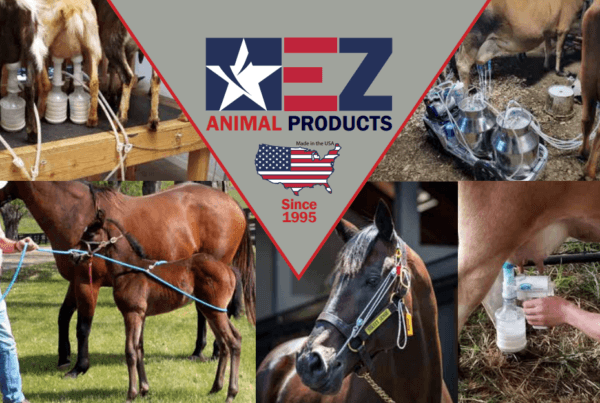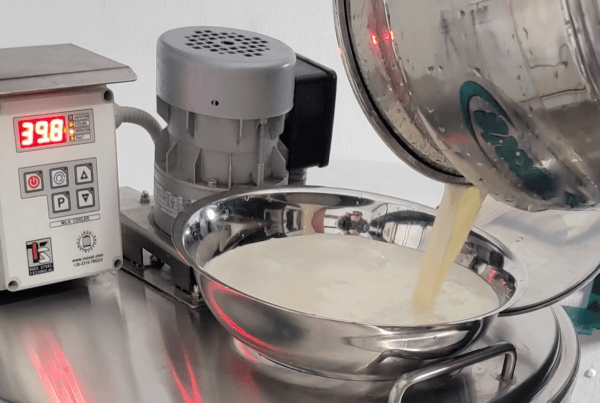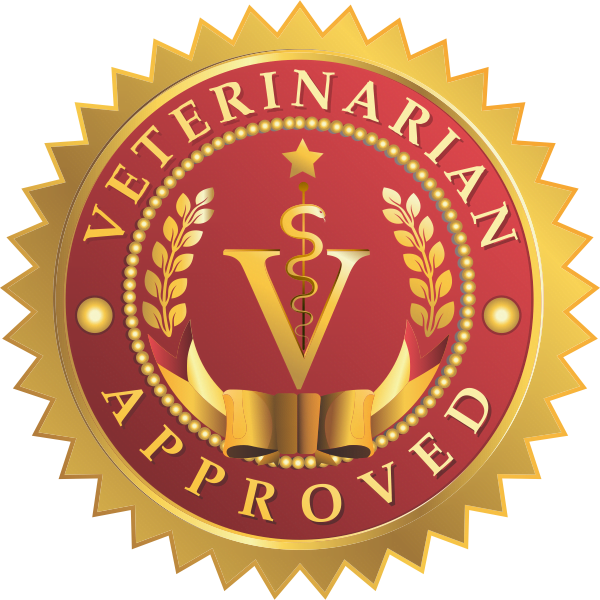Understanding Raw Milk Safety
Raw milk handling can be a daunting task, with the risk of harmful bacteria like Campylobacter, Cryptosporidium and E coli. Surprisingly, studies show that more than 800 diseases can potentially be transmitted via raw milk if not handled properly. This blog will guide you through the journey to ensure safe handling of raw milk from milking procedures to storage practices. Let’s dive in!
Safely Handling Raw Milk and Proper Milking Procedures
Maintain a healthy animal
Ensuring the overall health of your dairy animal is a fundamental part of producing raw milk safely. A healthy cow, goat or sheep will typically yield higher quality and safer milk. To achieve this, provide them with balanced feed rich in essential nutrients and vitamins. Regularly conduct veterinary check-ups to prevent diseases or infections that may contaminate the milk. Proper housing conditions are also vital – clean, well-ventilated barns contribute to a healthier animal and better milk hygiene.
Prepare a proper milking area
Start by choosing a clean and well-ventilated space that is separate from where animals eat or sleep. This will help prevent contamination of the milk with bacteria or other harmful substances. Regularly clean and disinfect all surfaces, including floors, walls, and milking equipment, to maintain a hygienic environment.
Use the proper equipment
Farmers and homesteaders should invest in high-quality milking equipment that is specifically designed for raw milk production. This includes our easy-to-clean milking machines and our new stainless steel 15 gallon cooling tanks. Properly cleaned and maintained equipment not only ensures the quality of the milk but also prevents the growth of harmful bacteria.

Cleanliness in Milking
Proper cleaning of both the milking animal and equipment is crucial. This includes thoroughly cleaning all equipment after each use and washing the animal before milking with a gentle detergent to remove visible dirt or debris. Always strip out at least two squirts out of each teat before applying the milker. This cleans out any bacteria that may be in the bottom of the teat and helps the animal start letting its milk down.
Cool the milk quickly
After milking, cool the milk quickly to maintain its freshness and quality, as rapid cooling prevents the growth of harmful bacteria and extends the shelf life of raw milk. Our new cooling tanks start the cooling process at 36° degrees and are equipped with a stainless steel agitator paddle.
Post-Milking Handling and Storage
Handle the milk with care, gently transferring it into clean and sanitized glass containers and storing these containers in a cool environment immediately. If not consumed immediately, freeze raw milk properly to maintain its quality. Use raw milk within a certain time frame to ensure freshness and safety.
Key Takeaways on Raw Milk Safety
In conclusion, it is crucial for farmers and homesteaders to prioritize the safe handling of raw milk in order to protect both their animals and consumers. With these precautions in place, farmers, homesteaders , off the gridders, and hobby farmers can confidently provide high-quality raw milk for use in various dairy products while maintaining the health and well-being of their animals.
To ensure you’re following all these safety practices effectively, it’s important to have the right supplies and equipment. Since 1995, EZ Animal Products, has offered a wide range of high-quality supplies specifically designed for the safe handling of raw milk. From our easy-to-clean Ultimate EZ™ milking machines to our new stainless steel cooling tanks, we have everything you need to make the raw milk handling process safer and more efficient.
Take action today to protect your animals and consumers, and visit EZ Animal Products for all your raw milk handling needs!










